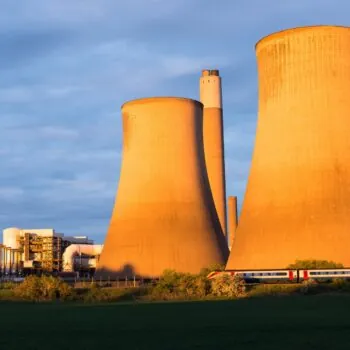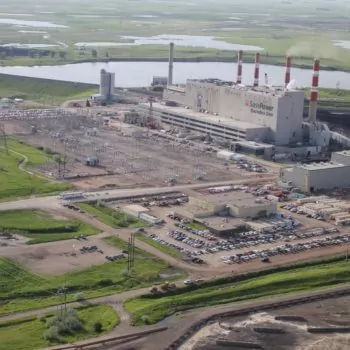Greenhouse gas emissions need to be reduced by 60% by 2035 to preserve the 1.5°C goals of the Paris Agreement. But global coal power capacity continues to grow. Countries must use this critical year to accelerate the global exit from coal. While the OECD has made progress in phasing out existing plants, including the UK’s last coal plant closing last year, the key challenge now is Asia’s much younger fleet.
Global planned coal capacity has dropped 70% since 2015, according to the new Global Energy Monitor report released last week. The addition of 44GW of capacity in 2024 was the lowest annual increase in two decades. Yet, despite this progress in shrinking the pipeline, retirements have also slowed globally since 2019. Less coal power was decommissioned in 2023 (21.1 GW) than in any year since 2011. Meanwhile, it is increasing in countries like India and China.
“Coal retirement mechanisms”, or CRMs, are the novel tools being designed to tackle this problem. Often blending public with private finance, they aim to cover the cost to countries and companies of replacing coal power with clean. But they have been slow to deliver results. This year, 1) CRM pilots must show tangible results, to prove the concept is viable, 2) CRMs need to be more deeply integrated into wider energy system planning that prioritises just transitions, and 3) countries must find new avenues to scale up coal retirement, for example through public finance.
Existing CRMs need to be supported to deliver tangible real-world emissions reductions
Amid isolationist geopolitics and as several major powers turn away from multilateralism, now is a key moment for progressive governments to demonstrate their commitment to coal exit. The EU and OECD members have been making progress domestically. Their pre-construction coal pipeline has dropped by 97% since 2015 to an all-time low of 3GW. In September 2024, the UK closed its last coal plant. But OECD countries must help to deliver coal exit elsewhere, particularly in emerging and developing economies in Asia.
Initial CRM pilots have relied on blending private finance with cheap, catalytic public finance. The Inter-American Development Bank’s transaction in Chile used concessional finance from the development bank-funded Climate Investment Funds (CIF) scheme to incentivise the asset owner. The Asian Development Bank’s (ADB) Energy Transition Mechanism also uses blended finance, such as in the ongoing Cirebon transaction in Indonesia. But the latter pilot has not yet reached financial close. Donor governments behind the CIF or the ADB must devote political and financial capital to completing the flagship Cirebon transaction, thereby bolstering confidence that the coal transition can weather political volatility.
CRMs need to be part of wider energy system transitions
Exits from coal represent an opportunity. By phasing coal out of energy mixes, countries can ensure their energy security and remain competitive in the global clean energy transition. Commodity price fluctuations and new carbon border taxes are just two factors that determine this. To reap those benefits, countries need to undertake holistic energy system planning and public policy changes, such as ensuring energy security and access while meeting demand and attracting clean energy infrastructure investment. In South Africa and Indonesia, for example, with large state-owned utilities and vertically integrated energy markets, government policy is a deciding factor for coal’s role in the energy mix.
For these reasons, isolated financial transactions – or, for example, “transition credits”, promoted by the Rockefeller Foundation and Singaporean government – are unlikely to single-handedly bring about coal phase-outs. CRMs must instead act as targeted injections of blended finance that facilitate wider system change. Only as part of holistic energy system reform can CRMs help to ensure just transitions, including the benefits to health, society, ecology and labour that they promise.
Coal-to-clean initiatives must happen in structures that prioritise scale
Coal retirement efforts must focus on pathways that provide greater impetus and practical lessons for replicating transactions. For example, the CIF and the development banks that disburse it are hugely important for dedicating finance to coal transitions. The CIF’s recent $85m deal to replace the Dominican Republic’s coal with renewable power shows that its momentum hasn’t slowed. The growth and efficient disbursement of JETPs, or the country platforms that take their place, are also examples of important pathways. Finally, the Coal Transition Commission (CTC), a diplomatic initiative launched by France at COP28 to generate solutions and momentum for coal retirement, is another key, high-level diplomatic venue through which to support coal phase-out efforts.
The coming weeks will see the World Bank Spring meetings and the mid-year Bonn intersessional conference preparing for COP. Climate-progressive countries have an opportunity at these events to vocally support coal retirement initiatives. On the road from Baku to Belém, and in the face of rising global coal emissions, the effort to scale up coal retirement is as urgent a goal as any.


